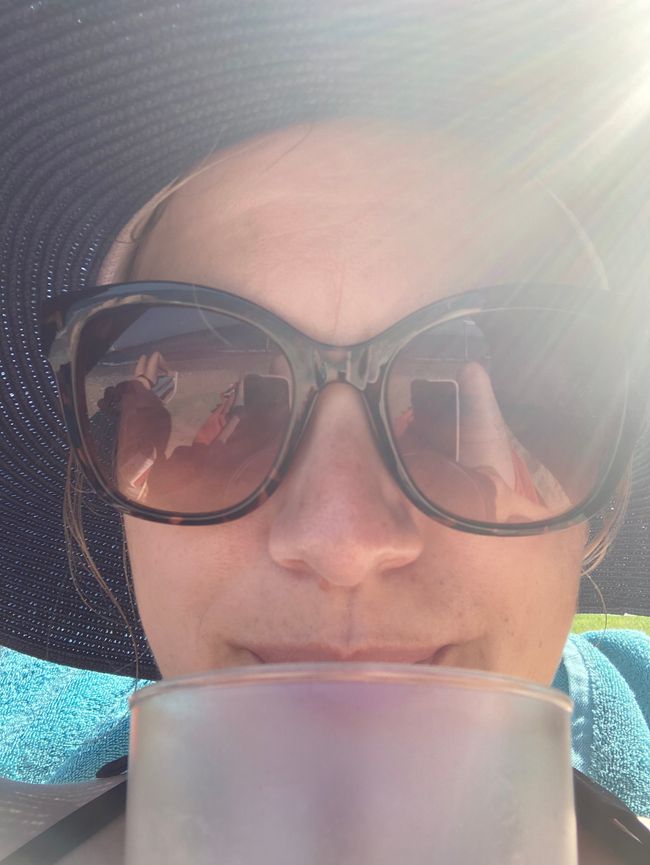Ruins of My Son and Ha My Beach
Nəşr edilmişdir: 07.02.2023
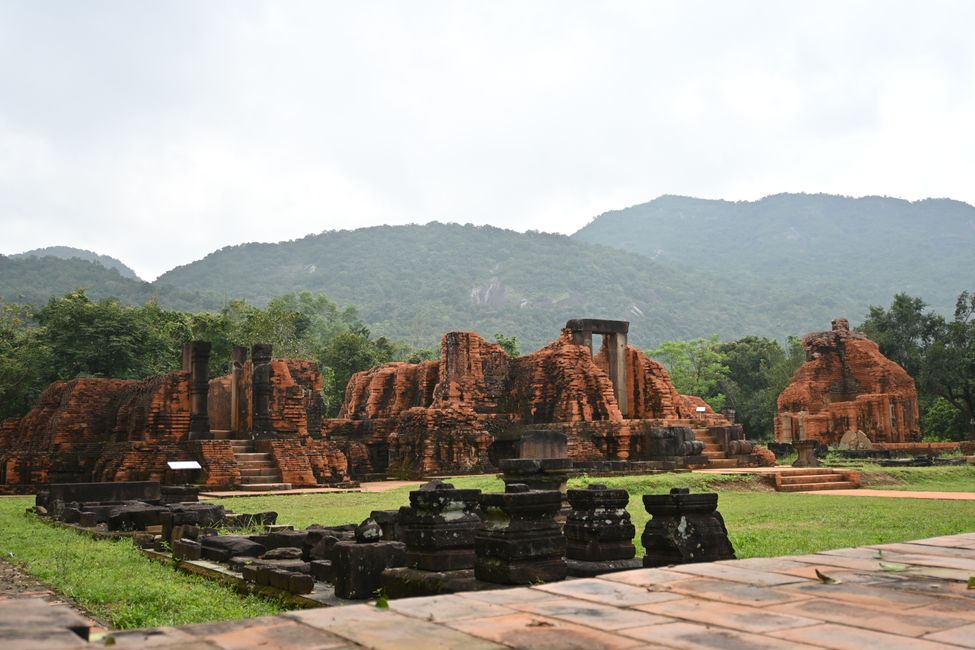
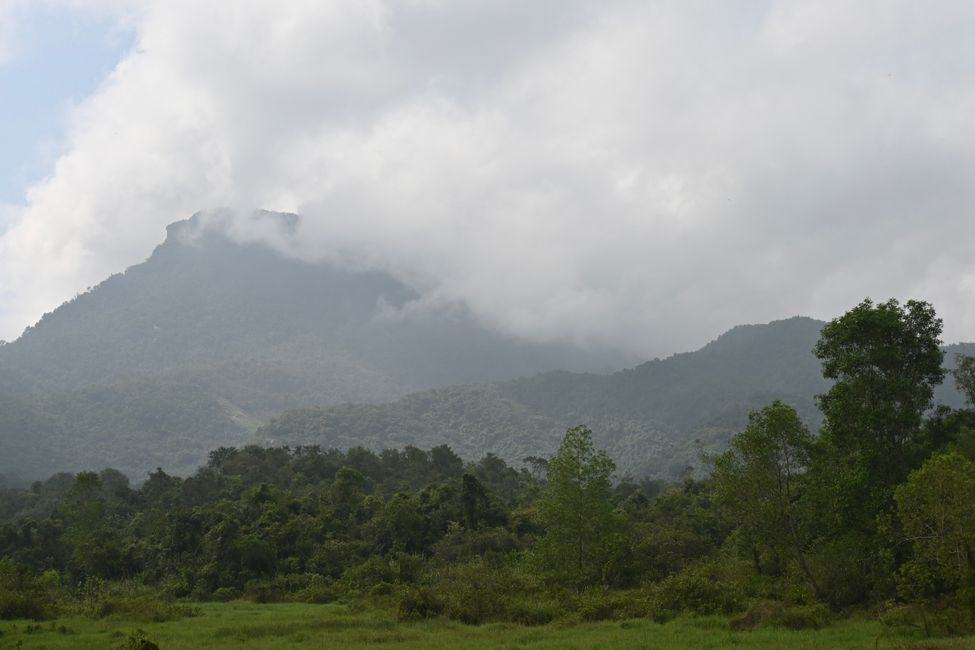
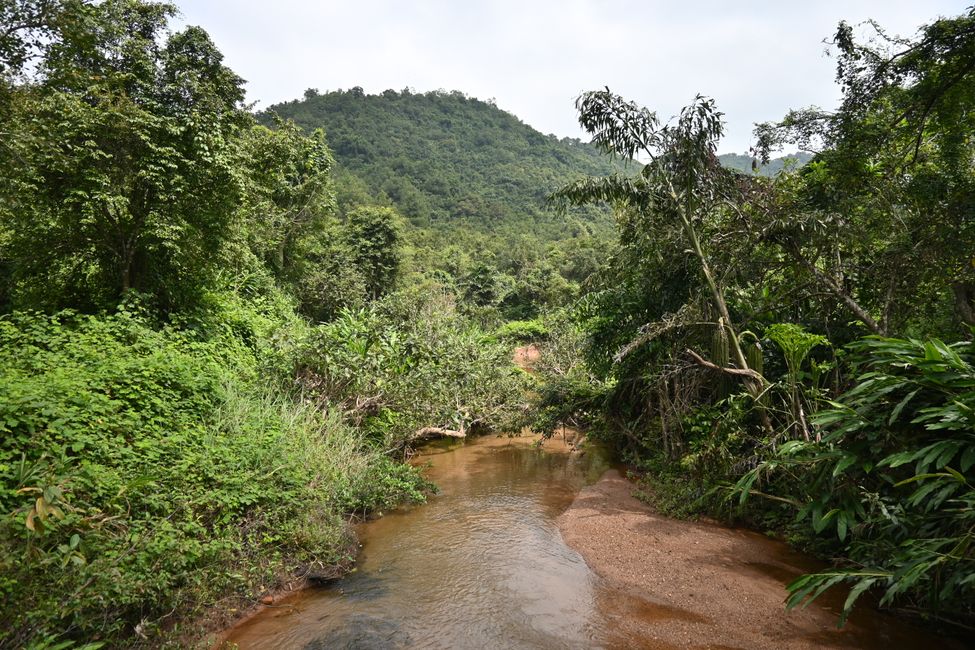
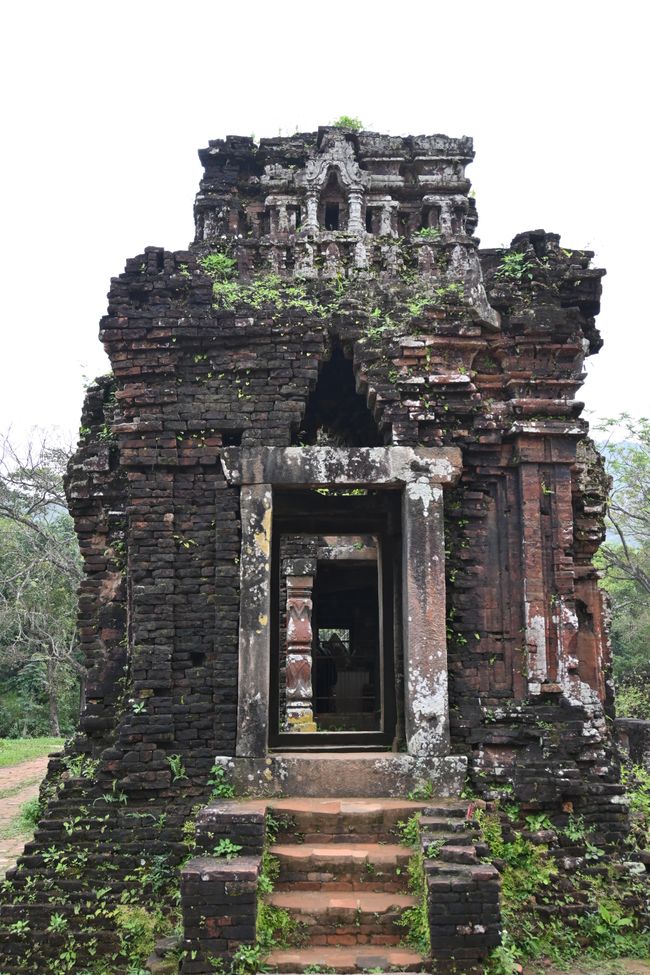
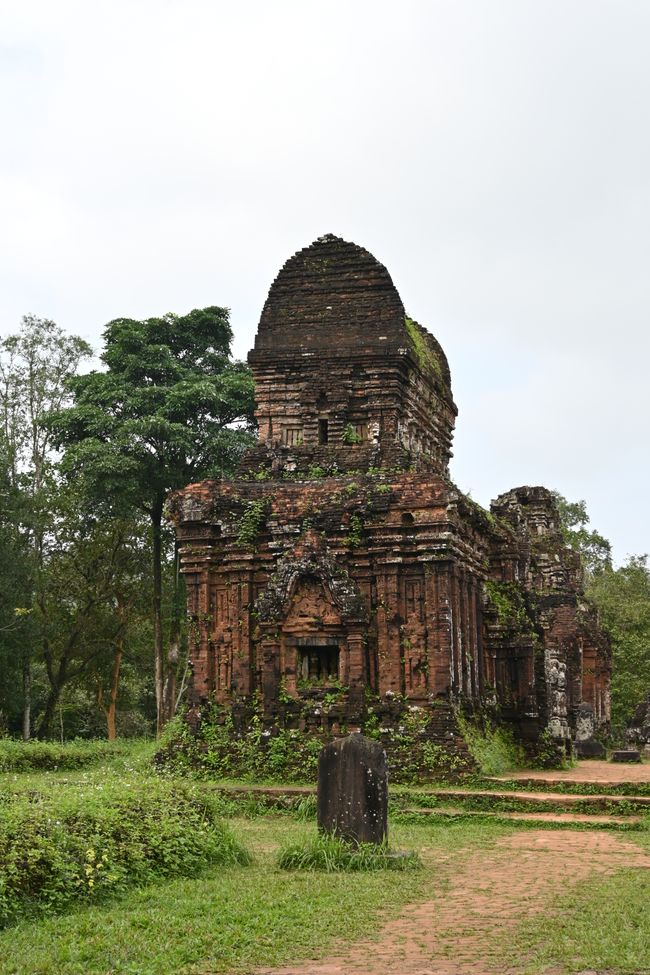
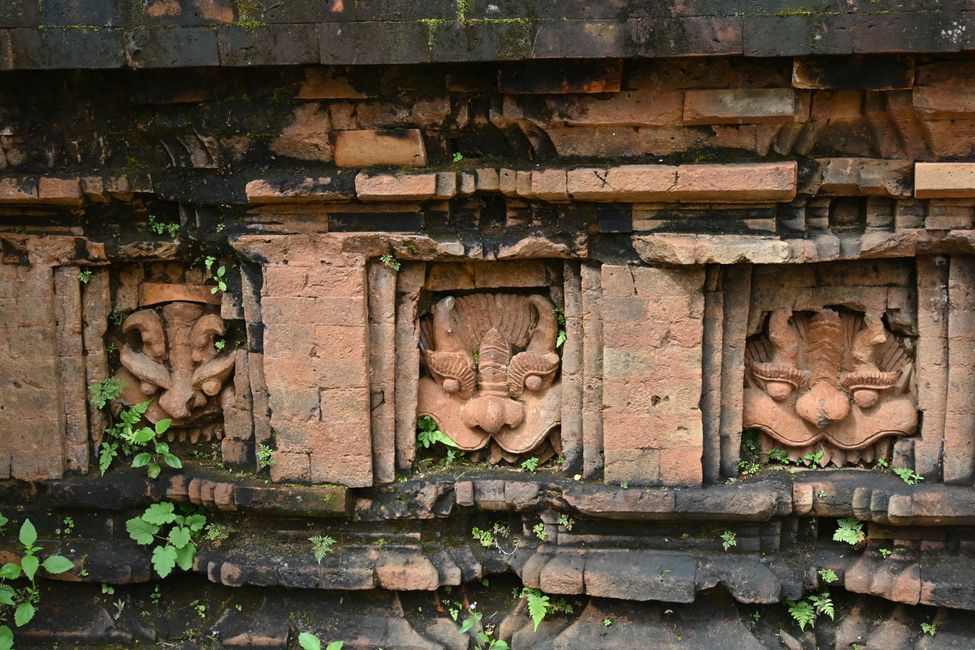
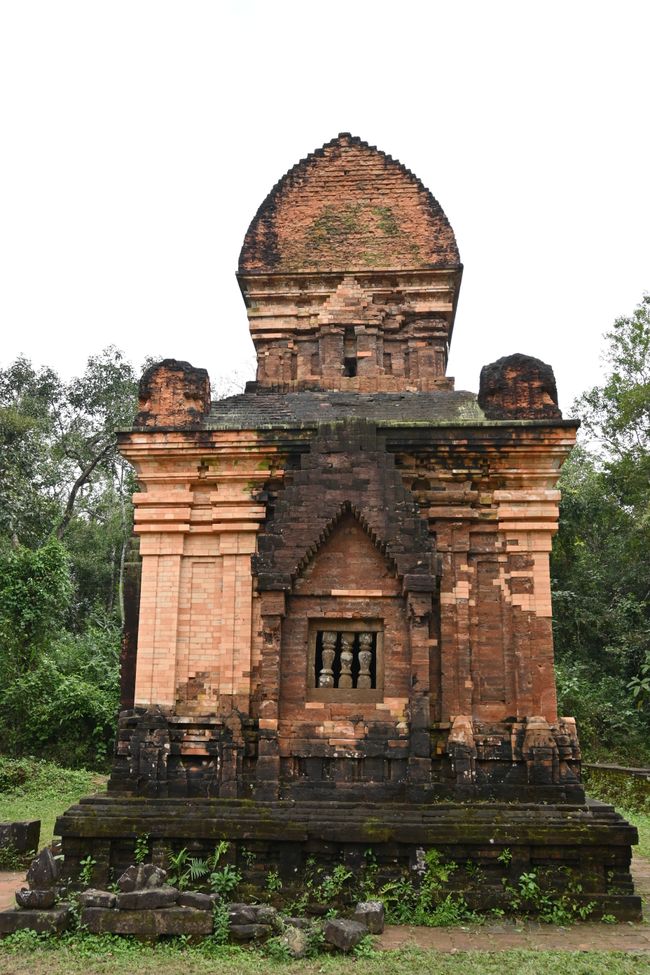
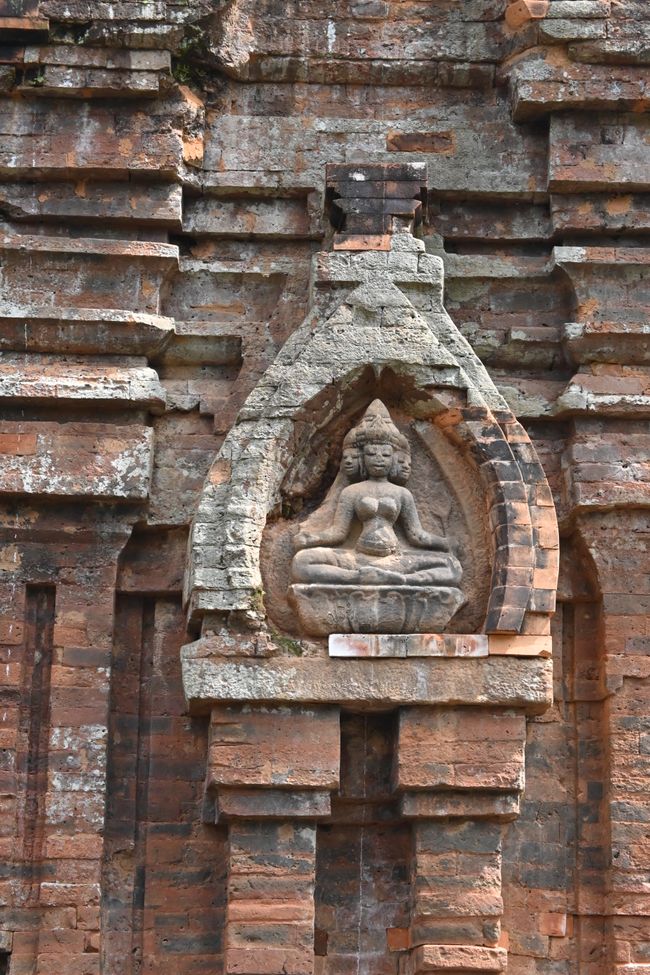
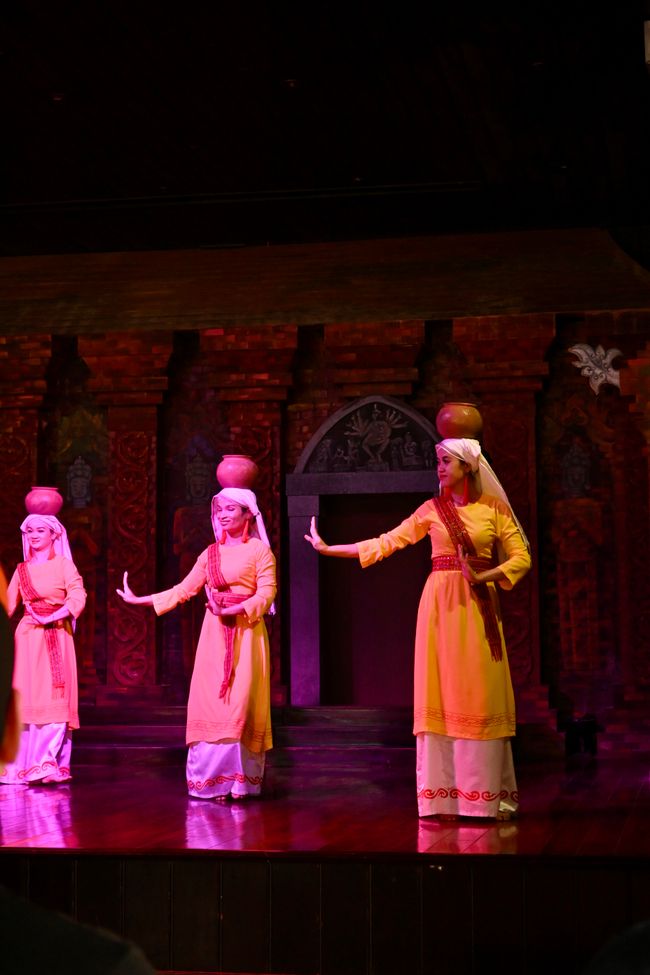
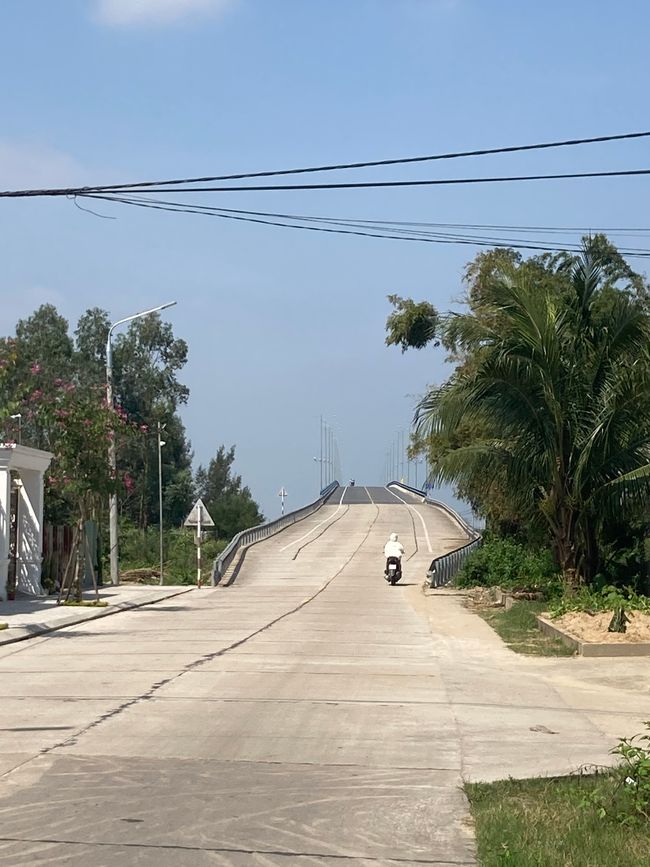
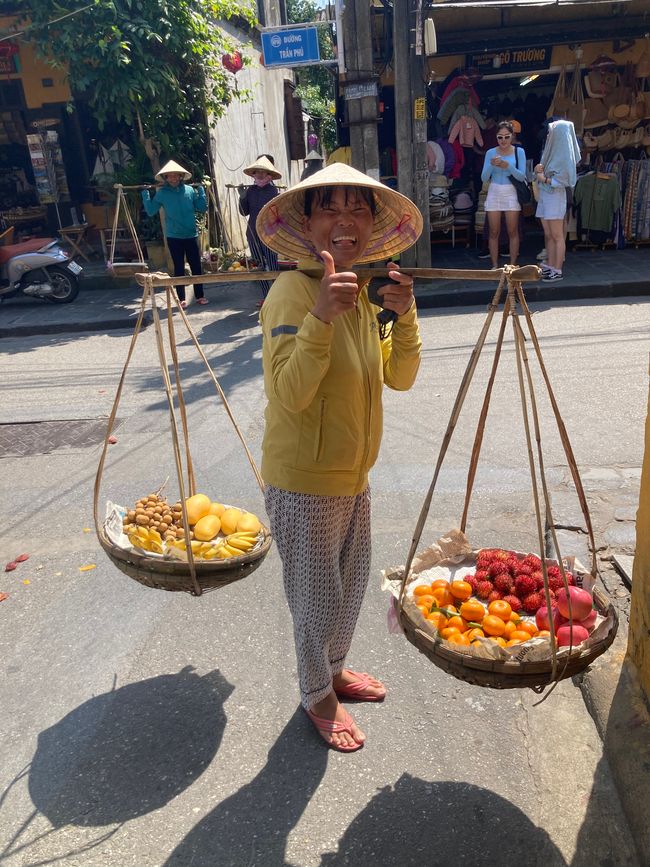
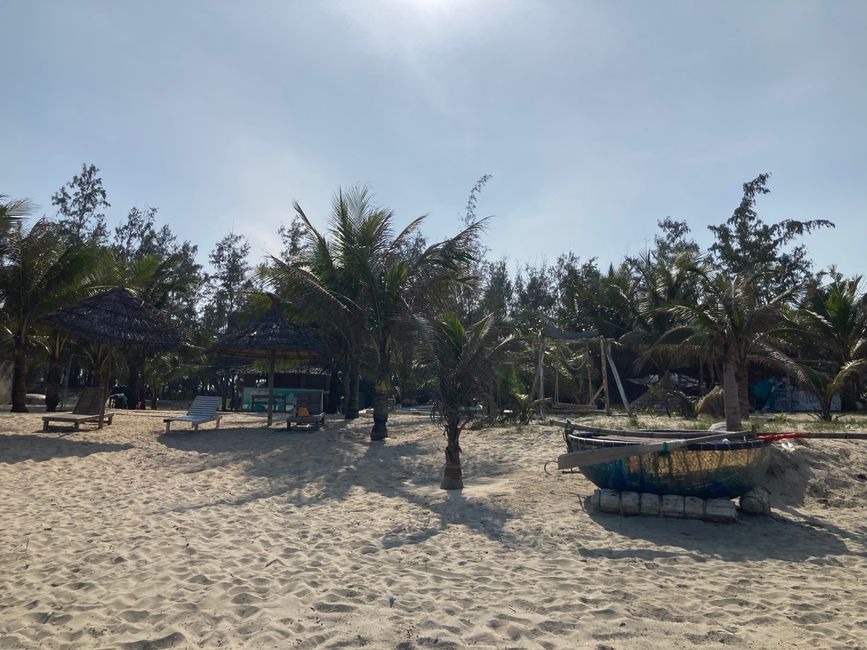
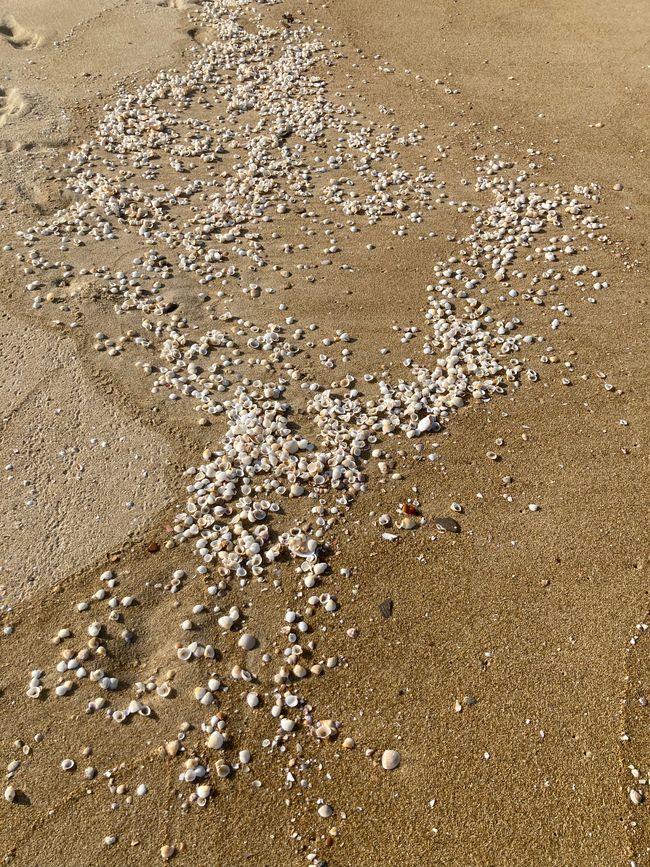
Bülletenə abunə olun
Early in the morning, I rented a scooter again and drove to the ruins of My Son, about 40 km away. On the way there, I stopped at a small café for a Ca Phe Sua. When I entered the terrace, a few men were already sitting at the tables. They looked at me with a mixture of curiosity and astonishment, but that didn't stop me from ordering my coffee.
My Son were temple complexes and former center of the Champa Kingdom, built between the 4th and 13th centuries. Since 1999, My Son has been listed as a UNESCO World Heritage site.


It is nestled in a valley in the middle of the jungle. The Champa chose this place because they attributed a sacred status to an adjacent mountain and a spring. The green thicket that surrounds you is impressive in itself.


The complexes, rediscovered by the French in the 1890s, were built with red bricks and adorned with numerous reliefs and statues. It is still a mystery to researchers how the bricks held together over the centuries without mortar. Today, a glue is used for the restoration of the complexes.

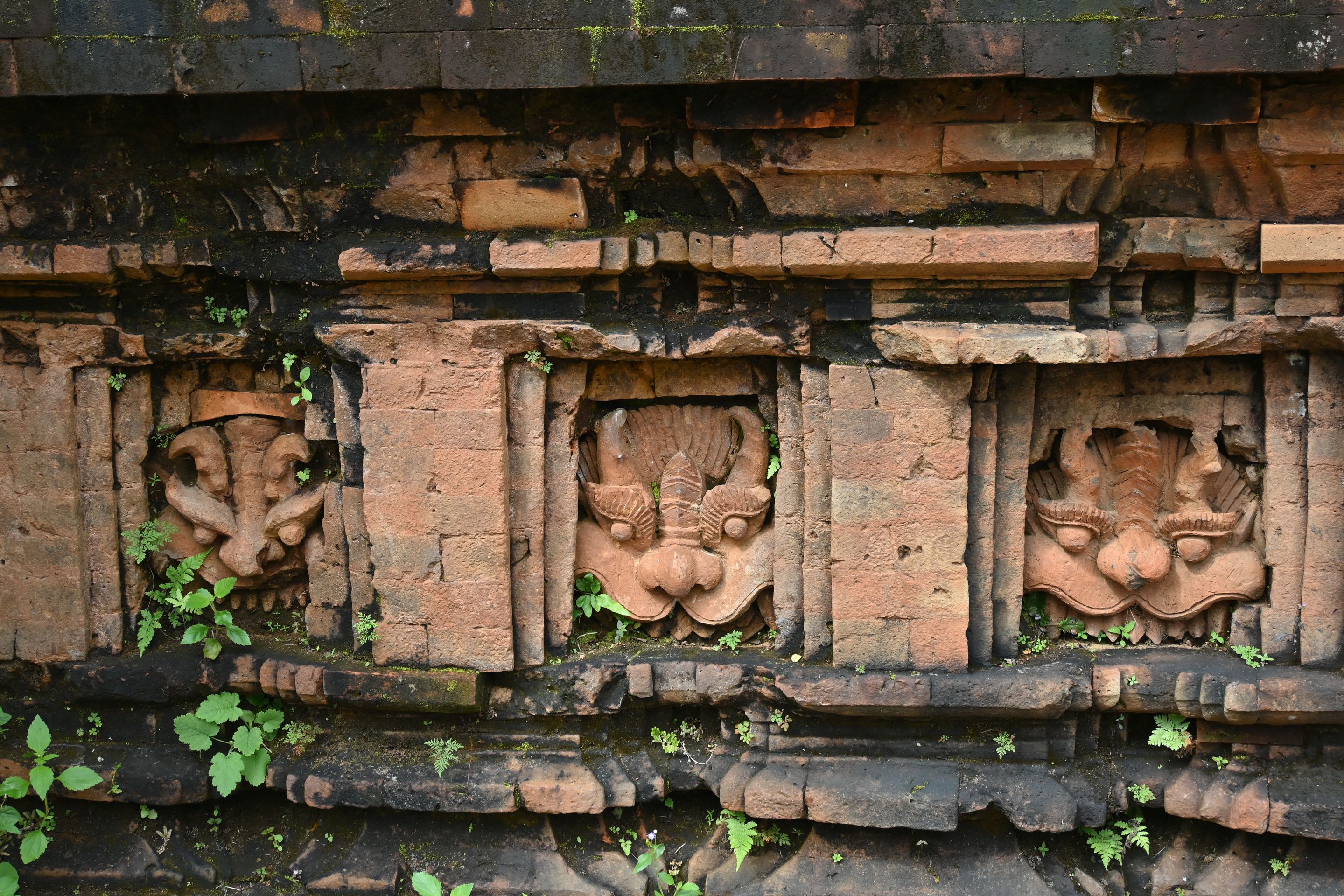
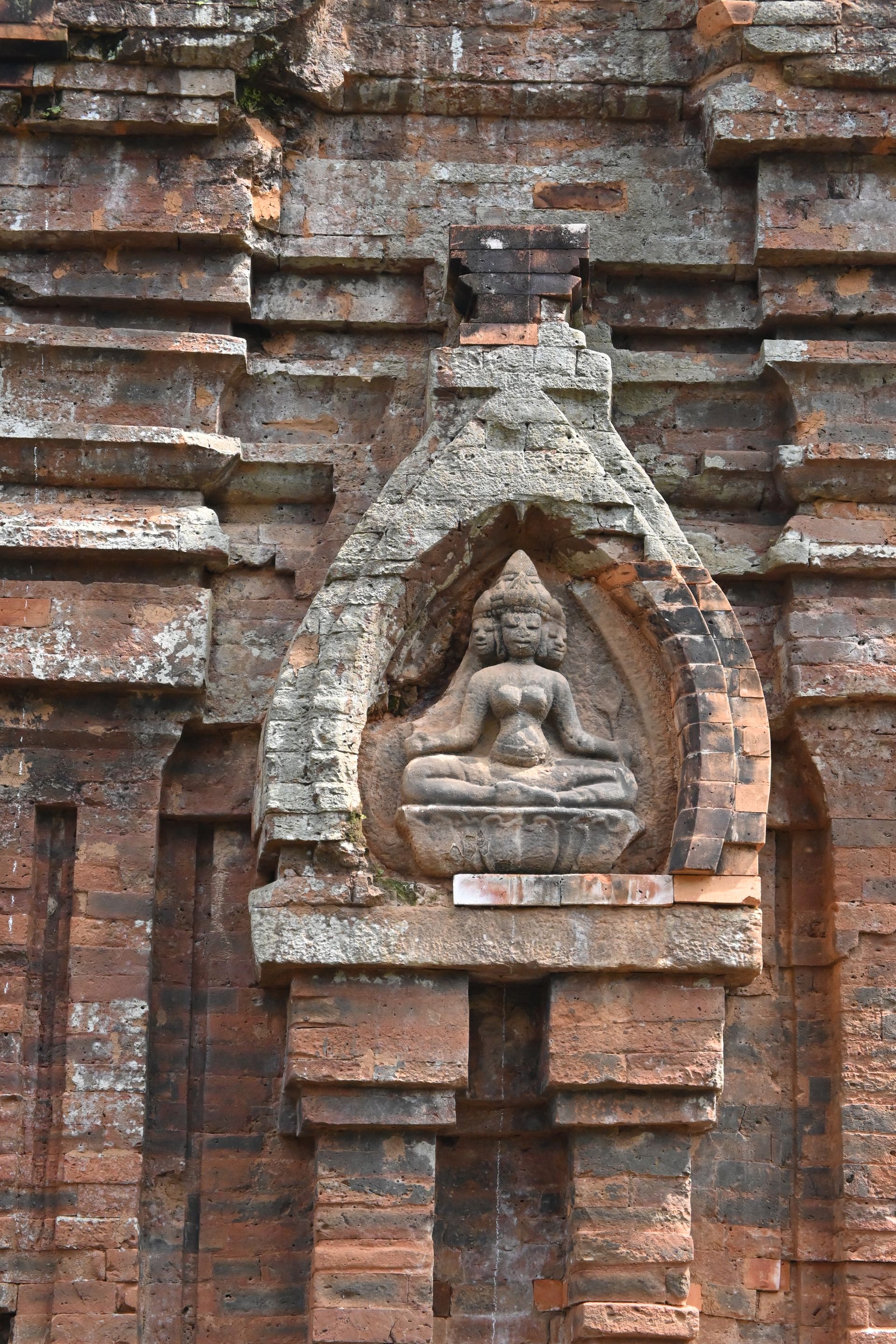
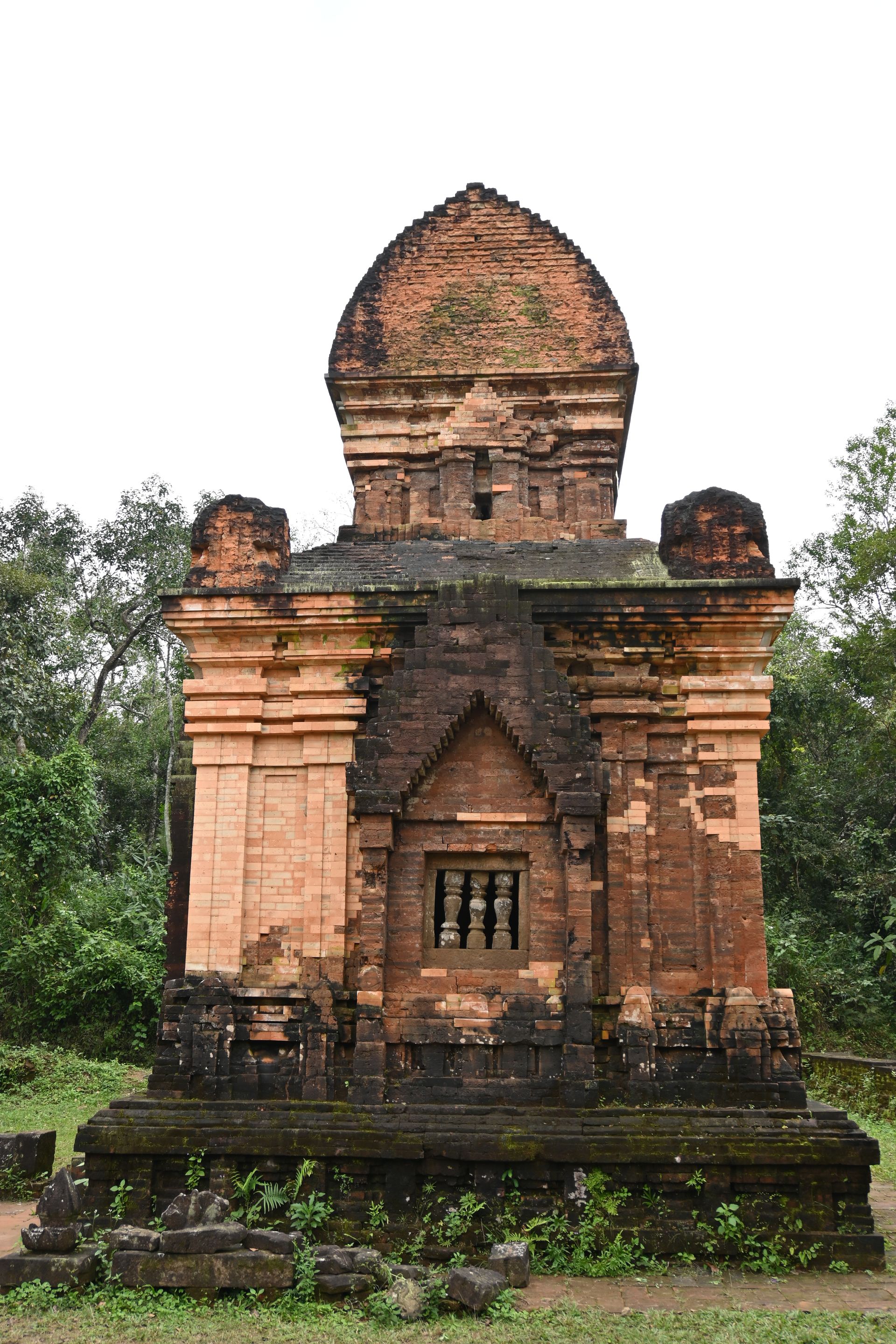
In the 1970s, the Americans bombed the site. The main temple of the complex was severely destroyed. You can still see the craters where the bombs once hit.
There are still Vietnamese people today who belong to the Cham ethnic group and mainly live in southern Vietnam. A small dance performance was also offered every hour. According to a guide, the dancers themselves belong to the Champa ethnic group.

The way back led me back to Hoi An via the main roads.
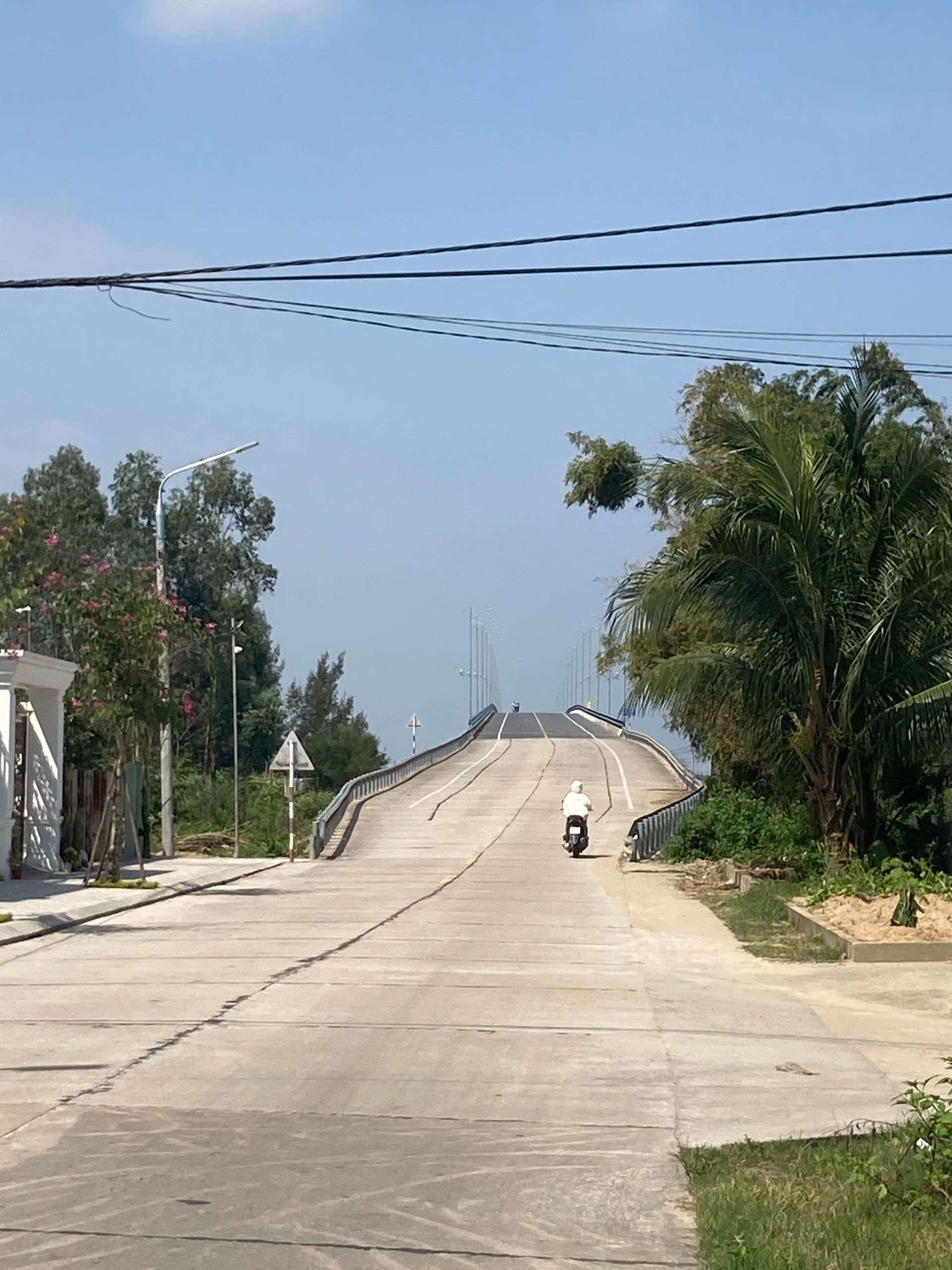
Once I arrived there, I wanted to buy some mini bananas for lunch. The saleswoman first wanted me to take a photo of her. When I ordered my bananas, she started putting more fruit into the bag and demanded an exorbitant price. I declined and started putting the fruit back into the baskets. In the end, we agreed on a reasonably fair price for the bananas. Despite this interlude, it left a somewhat bitter aftertaste for me. The bananas themselves were delicious and sweet.

After my lunch, I took advantage of the scooter available to me. My destination was Ha My Beach. Finding it was almost like a little adventure. Due to the successive construction sites for luxury hotel complexes, it seemed almost impossible to find access to the beach. At some point, I dared to turn into a tiny alley with a sign that read "Hoi An Seaside Homestay". "Seaside" already sounded promising. The alley became narrower and narrower until it could only be called a cemented footpath. Nothing ventured, nothing gained. In the end, I was rewarded with a view of the beach. A tiny beach café had set up a few beach loungers there. The café itself seemed to be closed. However, there were no objections when I sat down on one of the loungers.

During a walk on the beach, I looked at the still empty hotel bunkers. It almost has a post-apocalyptic feel to see these structures. They appear to be almost finished. Only the interior and paying guests seem to be missing. A guide once told me that tourism here has suffered greatly from the pandemic. Many investments were made before the pandemic. Now it is unclear whether the tourist influx that was expected before Corona can still be expected.
At my feet in the sand were thousands of small bright seashells. I remembered the vacations of my childhood when we spent hours collecting seashells on Italian and Greek beaches. Finding a complete seashell was a stroke of luck back then. Now I found myself surrounded by the vacation gold of my childhood. I wondered if shell hunting would have been as much fun for me as a child in view of the seemingly endless selection. Sometimes it is precisely the rarity that turns something everyday into a treasure.

Bülletenə abunə olun
Cavab verin
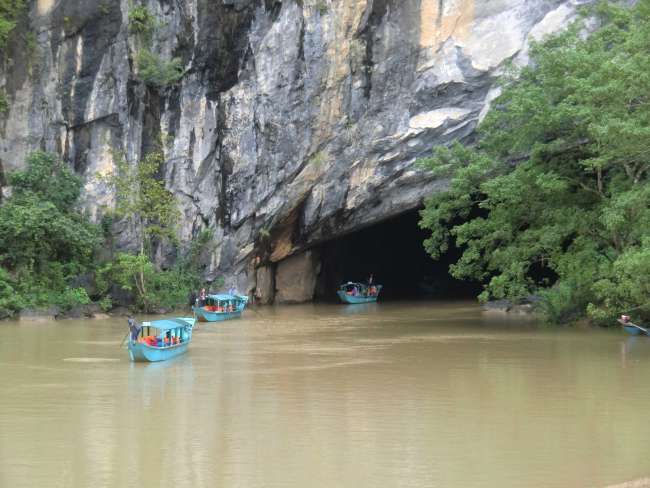
Səyahət hesabatları Vyetnam

